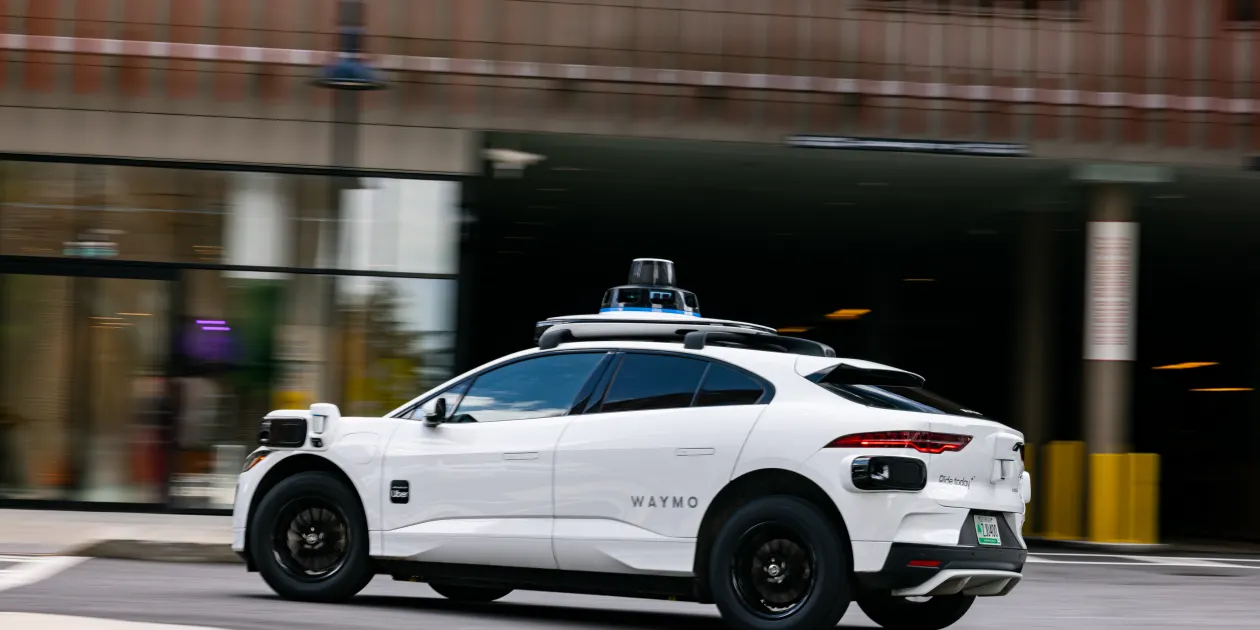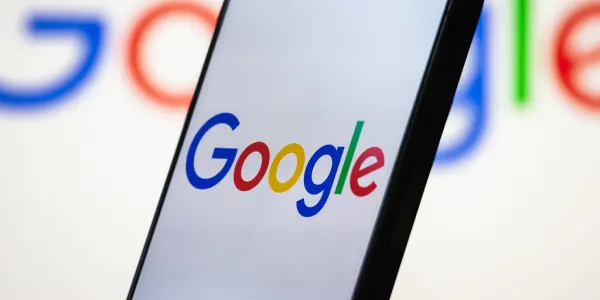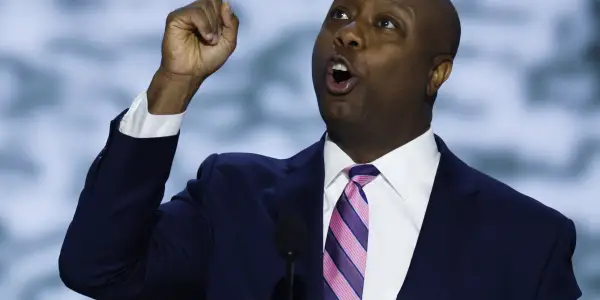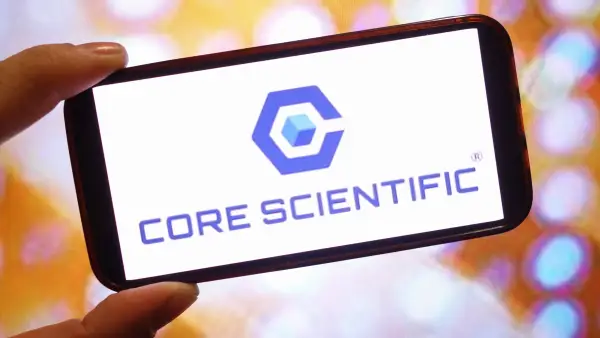U.S. Judge Declares AI Can Use Copyrighted Books for Training Under Fair Use
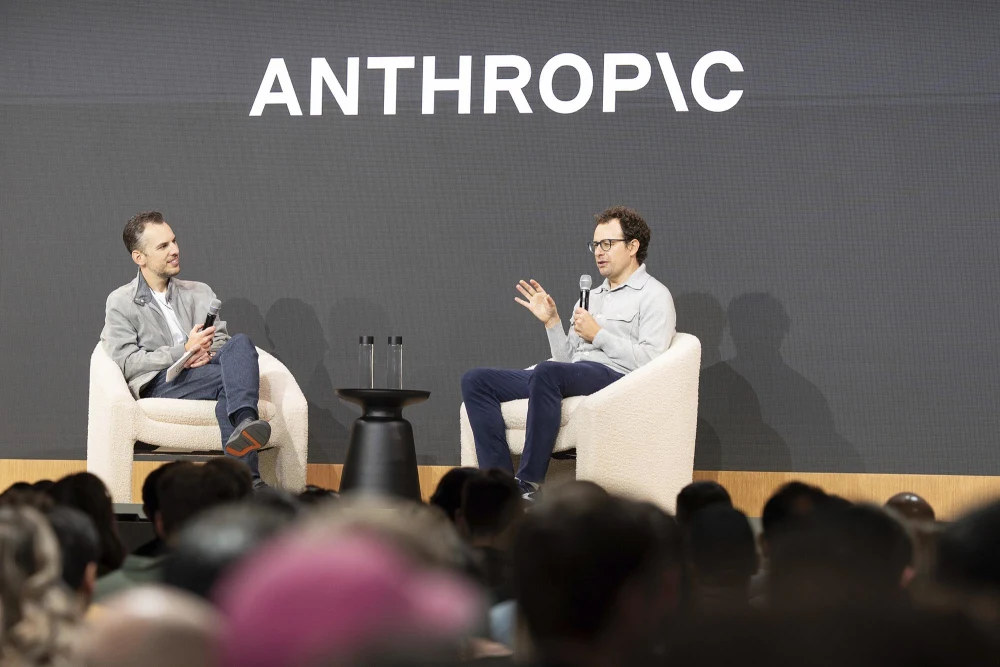
In a landmark ruling, a federal judge has decided that using copyrighted books to train AI models falls under fair use — a decision that could reshape the future of artificial intelligence and copyright law.
In a groundbreaking decision that may define the boundaries of copyright law in the age of artificial intelligence, a U.S. federal judge has ruled that the use of copyrighted books to train large language models (LLMs) constitutes 'fair use' under existing legal standards. The ruling, handed down by Judge Miriam Alston of the U.S. District Court for the Southern District of New York, is being hailed as a pivotal moment in the ongoing debate between tech companies and the creative industries. The case, brought by a coalition of authors and publishing houses against AI research lab Syntexa Technologies, centered on whether the ingestion of tens of thousands of copyrighted literary works — without permission or compensation — constituted copyright infringement. The plaintiffs, which included prominent authors and smaller literary organizations, argued that their intellectual property was being exploited for commercial gain by AI companies. Judge Alston disagreed. ### The Basis for the Decision In her 78-page opinion, Alston concluded that Syntexa’s use of copyrighted texts to train its generative language model qualifies as fair use under the four-factor test established in U.S. copyright law: 1. **Purpose and Character of the Use**: The judge determined that the AI’s training purpose was transformative — not to replicate or resell the original texts, but to learn patterns of language, structure, and meaning. The use was deemed non-expressive and analytical, serving a broader educational and innovative purpose. 2. **Nature of the Copyrighted Work**: While acknowledging that fiction is highly creative and thus more protected under copyright, Alston stated that this factor was outweighed by the transformative nature of the use. 3. **Amount and Substantiality**: Although full texts were used in the training process, the court found that this was necessary to accomplish the technical objectives of building a robust language model. Partial use, the judge noted, would undermine the integrity and generalizability of the model. 4. **Effect on the Market**: Crucially, the judge found no evidence that the market for the original works had been harmed. Consumers were not using AI outputs as substitutes for the original books, and the plaintiffs failed to demonstrate any measurable economic loss. ### Industry Reaction: Tech Cheers, Creators Fume The decision has been met with jubilation in the AI and tech communities, where companies have faced mounting legal challenges for training models on copyrighted content. “This ruling is a major victory for innovation,” said Amelia Ko, legal counsel for Syntexa Technologies. “The court recognized that generative AI is not a replacement for creative work, but a tool built through analysis and abstraction.” Several AI researchers and open-source advocates celebrated the decision as a win for transparency, accessibility, and the democratization of machine learning. However, authors and publishers see it differently. “This is a betrayal of creative labor,” said bestselling author Mark Delaney, one of the plaintiffs. “The idea that my books can be devoured by a machine without my consent, then used to generate profit — that’s not fair use. That’s legalized theft.” The Authors Guild called the decision “deeply flawed” and vowed to appeal. In a statement, the organization warned that the ruling, if upheld, could undermine the livelihoods of working writers and embolden tech firms to scrape creative content without accountability. ### A New Precedent or a Legal Outlier? Legal experts are divided on the long-term impact of the decision. Some say it could set a powerful precedent for future fair use cases involving AI, while others caution that appellate courts may strike it down or refine its scope. “This case pushes the boundaries of transformative use into uncharted territory,” said Professor Elena Marquez, a copyright scholar at Stanford Law School. “It essentially declares that training a model is so different from publishing or copying that copyright doesn’t apply in the traditional way. That’s going to be controversial.” Others point to the potential for fragmentation in U.S. courts, as similar lawsuits have been filed in California and Massachusetts. “We could see conflicting rulings in different jurisdictions, leading to a patchwork legal environment — or fast-tracking this issue to the Supreme Court,” Marquez added. ### Global Implications The ruling may also influence copyright policy in other countries. In Europe, the EU’s AI Act and Digital Services Act are grappling with how to regulate training data for foundation models. Some member states have proposed mandatory opt-in mechanisms for copyrighted content, while others align more closely with the U.S. fair use doctrine. In the U.K., lawmakers are under pressure to clarify how existing copyright exceptions apply to AI training, particularly after prominent British authors joined international lawsuits against major tech companies. “Judge Alston’s ruling will not only impact American law — it will reverberate through global AI governance,” said Manjit Suri, an intellectual property advisor to the OECD. “It invites questions about what constitutes ownership, transformation, and harm in an algorithmic economy.” ### The Road Ahead Although the ruling favors AI companies for now, the legal and ethical debates are far from settled. Experts say the decision may accelerate calls for new legislation specifically tailored to the age of machine learning. In Congress, multiple bills are in discussion, including the **Generative AI Copyright Accountability Act**, which would require disclosure of training datasets and offer opt-out rights to copyright holders. It remains unclear whether the judge’s ruling will impact legislative momentum. Consumer groups have also raised concerns about data transparency, noting that users have a right to know what kind of content powers the systems they interact with daily. Meanwhile, publishing houses are exploring technological defenses — from watermarking digital texts to using blockchain to track unauthorized use of their intellectual property. However, these solutions remain limited in effectiveness given the ease with which content can be scraped and ingested by AI systems. ### A Turning Point in Tech-Creator Relations? The court’s decision adds to the growing tension between creators and the tech industry. Artists, writers, musicians, and filmmakers increasingly fear that AI is not just borrowing from their work — it’s replacing them. While AI advocates argue that the technology expands creative possibilities, many in the artistic community feel they’ve been left behind. “Fair use should never be a blank check for billion-dollar corporations,” said poet and activist Laila Qureshi. “If we don’t redefine ownership in the age of AI, we’ll lose the creative soul of our society.” Yet, others believe the ruling represents a chance for collaboration. “Rather than fight it in court,” suggested machine learning engineer Felix Darrow, “maybe publishers should work with AI labs to create ethical licensing frameworks — so everyone shares in the value being created.” ### Final Thoughts The decision by Judge Alston marks a pivotal moment in how the law interprets copyright in the age of algorithms. By extending fair use protections to the training of AI models on copyrighted books, the court has opened the door to new possibilities — and new controversies — in the intersection of law, technology, and creativity. While the ruling may serve as a blueprint for future AI development, it also highlights the urgent need for updated legal frameworks that reflect the realities of machine learning, data ownership, and creative rights. For now, AI companies have won a critical battle — but the war over digital intellectual property is just beginning.
